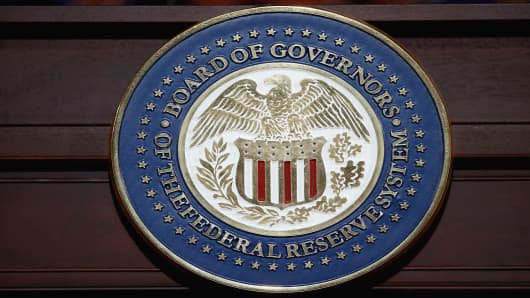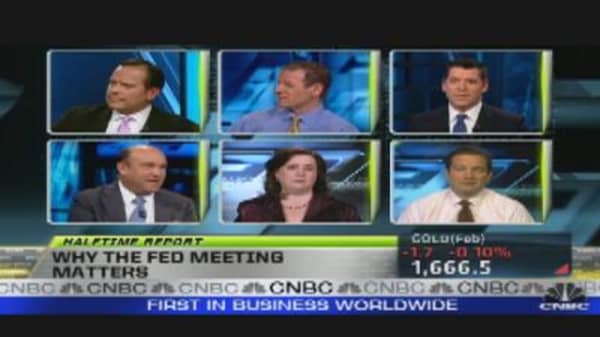The Federal Reserve's communications strategy may not be the most exciting topic for investors. But it’s important to understand why the Fed is debating changes in what it tells the public, which has substantial consequences for the markets.
Though the central bank didn't announce any changes after Tuesday's meeting, some kind of overhaul in its communications strategy is expected early next year.
For the Fed, communications is simply what it tells markets about its plans to tighten or loosen monetary policy. Few at the Fed are satisfied with the current system, which pledges “exceptionally low levels for the federal funds rate at least through mid-2013. “
Stating an actual time frame was initially thought to be an improvement over the prior, vague language that promised to keep rates low for “an extended period.” But the Fed has found that a calendar date has its own problems. Why mid-2013 and not later or earlier? What’s behind the choice of that date?
The Fedwill tell you that it's the expectation for economic conditions on that date, which the Fed publishes quarterly. By publishing expected economic conditions, the Fed wants the market to divine where the funds rate or the balance sheet will be in the future.
So the date tells markets how long rates will remain “exceptionally low” if the current economic forecast turns out to be accurate. It’s a hell of a way to run a communications strategy. Or not, of course.
The current thinking is—why not just tell markets what the expectation is for the actual rate? It would skip a bunch of steps and remove a lot of the policy vagueness out there.
There's a downside, though. After all, being vague gives the Fed flexibility to adapt to changing economic circumstances without going back on its word, which lessens its credibility.
In fact, the whole point of forecasting the economy and the funds rate is to improve the effectiveness of monetary policyby having more impact on longer-dated securities.
By telling markets that it expects rates to be low in the future, the Fed has helped drive down longer-term rates towards the low short-term rate. This way, Fed policy has more effect on the real economy, as business and individuals tend to borrow at rates that are more closely tied to five-year notes rather than overnight markets.
The danger is that a change in policy won’t work when the Fed wants to tighten.
But that’s why other schemes have been rejected, at least so far. The Fed has toyed with the idea of pegging rate changes to unemployment, but appears to have rejected it, in part because it would be very controversial if the Fed were seen aiming for a higher unemployment rate, which could be the case if the Fed needed to fight inflation .
But there’s potential symmetry for the Fed to publish its funds rate target. It’s a policy change that can work when trying to ease and tighten.





